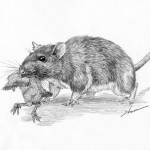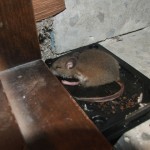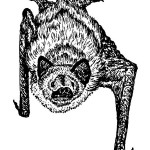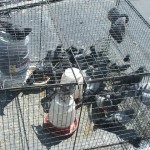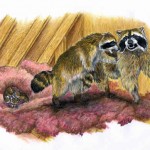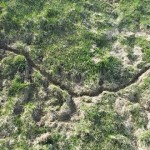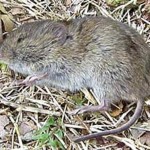It was a Sunny, 90 degree day in Salt Lake City, Utah. Chris and I went to a job site that had raccoons in their chimney. It is very common for female raccoons to get into attics and chimneys with their young because the male raccoons will attack and kill their babies. That is why it is important to make sure you have chimney caps and that your roof is not damaged or has any potential holes where wild animals could get in.
These types of jobs are my favorite, but they can also be very dangerous. The owner was sick of the raccoons and wanted them out immediately. In this case, we had to snare the raccoons, drag them up and out of the chimney and put them in cages.
Chris first snared two babies out and handed them to me. I had to hold them down with my weight on the roof because they were pretty strong. As I’m trying to hold them down and get them into the cage, Chris pulled out the mother. This mother raccoon was very vicious. It was hissing, shaking, and flopping around all over the place.
Chris had her snared pretty good, but she whipped around and somehow slipped out like Houdini and got loose. We both froze in terror hoping she wouldn’t attack us but luckily she fell off the roof, making a big crashing noise in the bushes, and then ran off to another neighbor’s house.
After that horrific moment, we got the rest of the babies out and sealed off the chimney so no more raccoons could get in. The owner was very pleased and happy that they were finally out.
